Time Capsules in Space
How far can we reach in outer space? We have sent physical objects out to great distances, with them are also attached messages for anything that finds it ever.
“Space,” it says, “is big. Really big. You just won’t believe how vastly, hugely, mindbogglingly big it is. I mean, you may think it’s a long way down the road to the chemist, but that’s just peanuts to space. Listen…”
– Douglas Adams (The Hitcherhiker’s Guide to the Galaxy)
Still, space is really really huge. One of humanity’s very first attempts to send something far in space was the Pioneer 10 probe. It was a magnificent engineering marvel launched in 1972 powered with a 155W radioisotope thermoelectric generator. The engine was indeed right out of science fiction. It used an array of thermocouples to generate electricity with the decay heat from a radioactive material at one end. This was an idea suggested by the science fiction writer, Arthur C. Clarke in the same letter he suggested geostationary satellites in what is called Clarke Orbit today, back in 1945. Pioneer space probes were sent to prepare NASA for Voyager. These programs were born out of Mariner Space Program. The ten vehicles of Mariner series were “robotic interplanetary space probes designed to investigate Mercury, Venus and Mars”. They had small mission duration (less than a year) and were declared defunct before being set off in a heliocentric orbit.
The communication with Pioneer was lost in 2003 after it was in service for more than 30 years and 80 AU away. To put things in perspective, it was originally supposed to be a 21-month mission. The failure was caused due to transmitter not being able to receive adequate power for transmission of signals. James A. Van Allen announced the termination of mission on 20th February, 2003 which mentions:
Pioneer 10 called home for over thirty years of spaceflight. Its future is now transferred from NASA to Isaac Newton and Johannes Kepler, neither of whom could be reached for comment.
The space probe carries an aluminum plaque with a pictogram. The plaque is intended for, if ever, Pioneer is intercepted by alien lifeforms. It is a combination of pictorial messages that show nude human figures and their relative size with Pioneer, our relative position in the galaxy, transition states of hydrogen atom, and trajectory of Pioneer in the solar system.
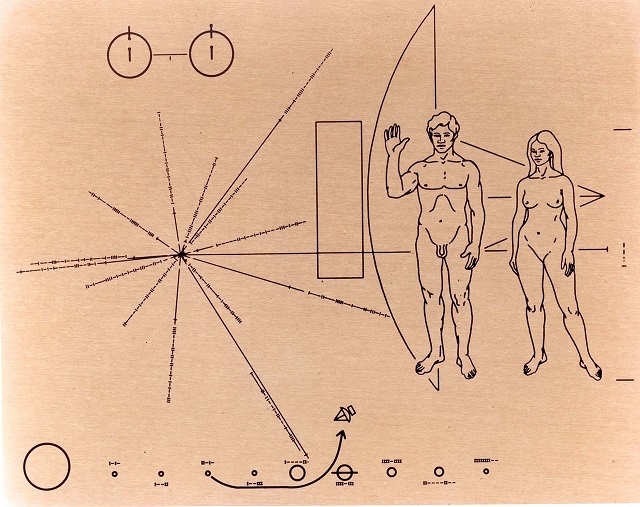
Pioneer 10 Plaque
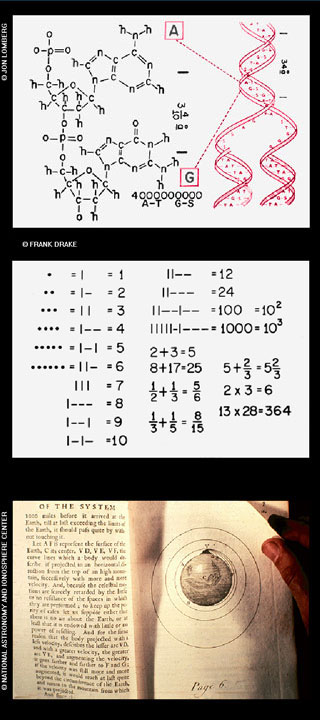
Voyager’s Golden Record is another space analogue of bottled messages. A time capsule sent in the vastness of space attached to a man-made contrivance. Voyager, like Pioneer, will soon turn into a lump of metal. The chances of anyone ever encountering or yet, seeing it are staggeringly low. Voyager 1 or 2 will not be able to power any single on-board after 2030. Voyager probes are also powered by radioisotope thermoelectric generators, I am not sure if the alpha decay of plutonium oxide spheres is at any special frequencies in that void.
[Image: Three images from the Voyager Golden Record. They show the DNA Structure, definitions of symbols used for numbers, and a page from Newton’s System of the World]
Golden Record carries with itself instructions to play it on the cover and a sample of Uranium-238 to aid in dating. It carries 115 images, greetings in 55 languages, sounds of Earth, brain waves of Ann Druyan and world music.
Voyager 1 space probe is also the farthest anything from made by humans has ever reached. It crossed heliopause, the outermost region of heliosphere, in 2012. After travelling nearly for 37 years with speeds around 17 kilometer per second, its signals still only take about 18 hours to reach the earth. It will reach the Oort Cloud, a thick layer of icy planetesimals on the edge of the solar system, in next 300 years and cross them to leave our 2 light year radius Solar System in 30,000 years.
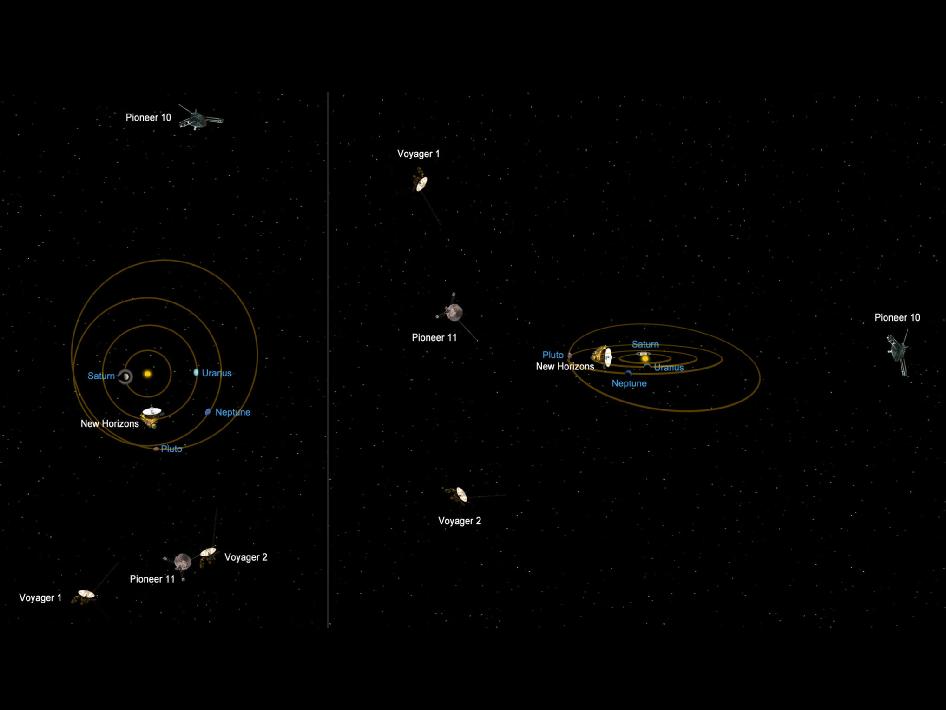
There is a theory which states that if ever anyone discovers exactly what the Universe is for and why it is here, it will instantly disappear and be replaced by something even more bizarre and inexplicable.
There is another theory which states that this has already happened.
Distractions:
Before rockets, the Nazi Paris Gun made it possible for Parisians to be afraid of the projectiles coming all the way from stratosphere.
An NY Mag piece claims that Greeks weren’t using the message in a bottle for communication. A pupil of Aristotle, Theophrastus, released a bottle in the Mediterranean Sea to show it was formed by the water flowing in from Atlantic Ocean.
Heliosphere is a nearly spherical bubble around the sun. A part of it, called termination shock, marks the boundary where solar winds slow down to below subsonic speeds. Speed of sound in interstellar space should be one thing on your list of things to talk about when you meet a physicist. Physics StackExchange discusses this at length and there are also a couple of threads on /r/AskScience for it. On Physics SE, pela talks about Baryon Acoustic Oscillations,
Well, let me just add that sound in space plays a very significant role in cosmology: Just before recombination, 380.000 years after Big Bang, the speed of sound was approximately half the speed of light. When light and matter decoupled, the sound waves remained “frozen” in space, meaning that galaxies tend to form in clumps that are separated by this wavelength. The distance between these clumps expands with the general expansion of the Universe (and is now ~465 million lightyears), and provides a standard measure of length.
The mystery of termination shocks might still seem puzzling. These shocks aren’t just rare celestial phenomenon. Running a water tap into a sink creates a hydraulic jump, which is also a sort of termination shock.
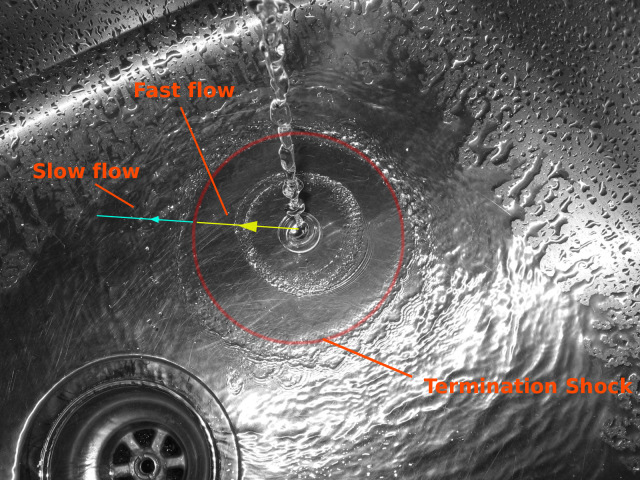
Upon hitting the floor of the sink, the flowing water spreads out at a speed that is higher than the local wave speed, forming a disk of shallow, rapidly diverging flow (analogous to the tenuous, supersonic solar wind). Around the periphery of the disk, a shock front or wall of water forms; outside the shock front, the water moves slower than the local wave speed (analogous to the subsonic interstellar medium).
Further Reading:
- The Fermi Paradox by kurzgesagt
- The Fermi Paradox - Solutions and Ideas by kurzgesagt
- The Fermi Paradox, Wait But Why
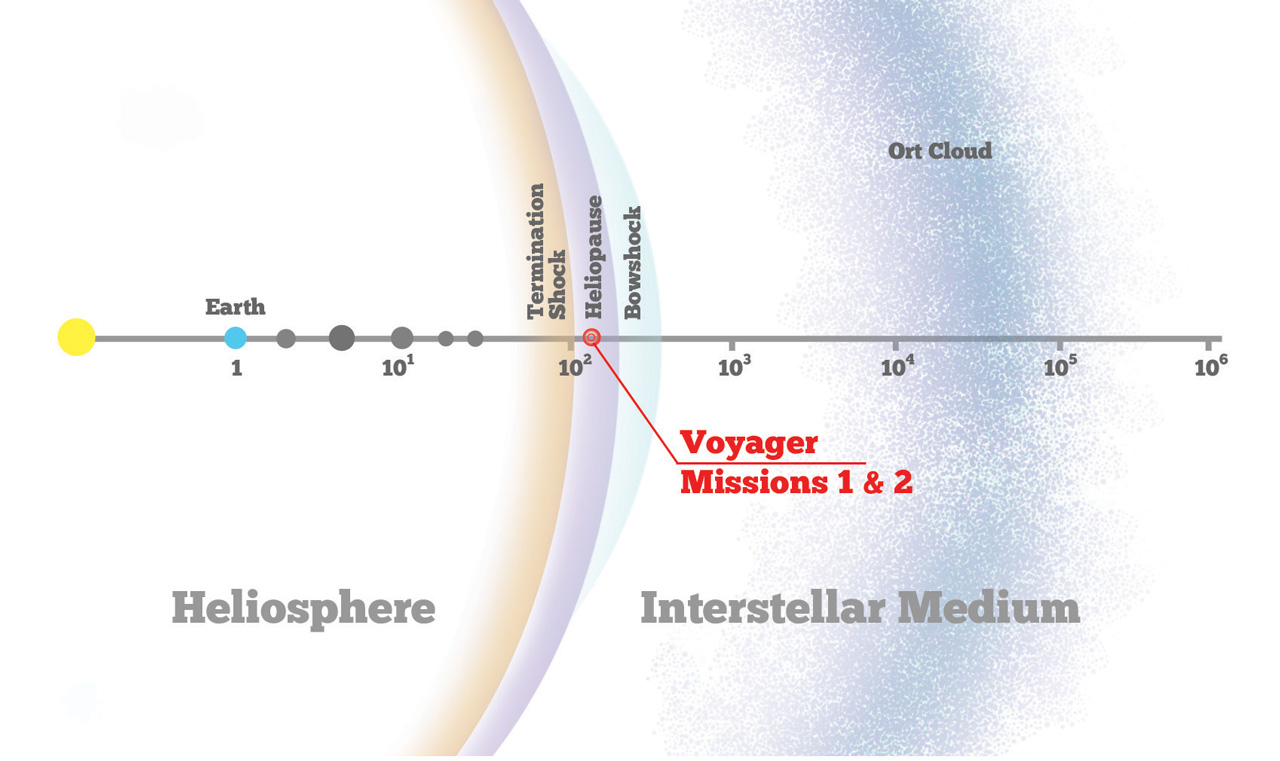
Leave a comment